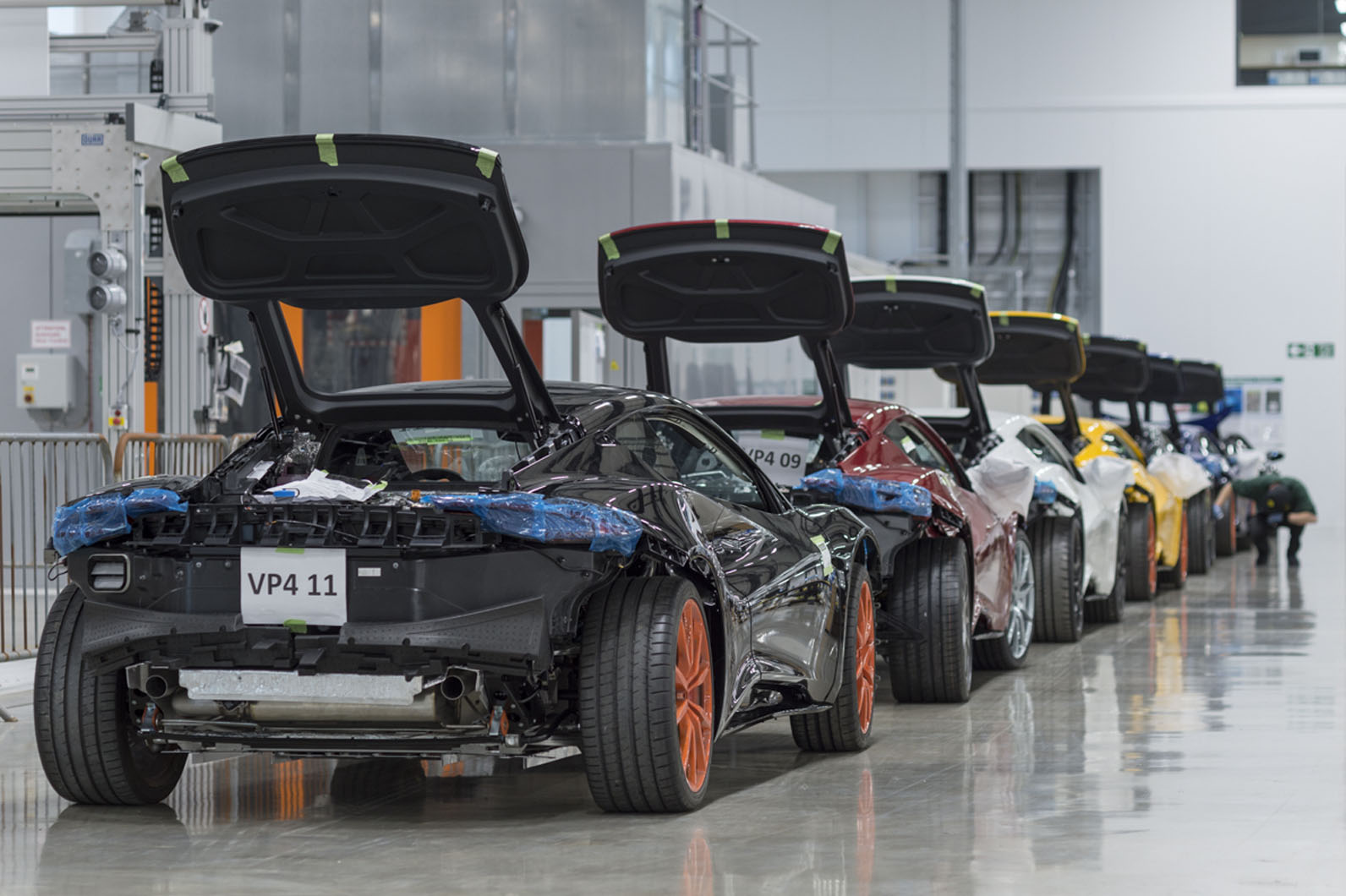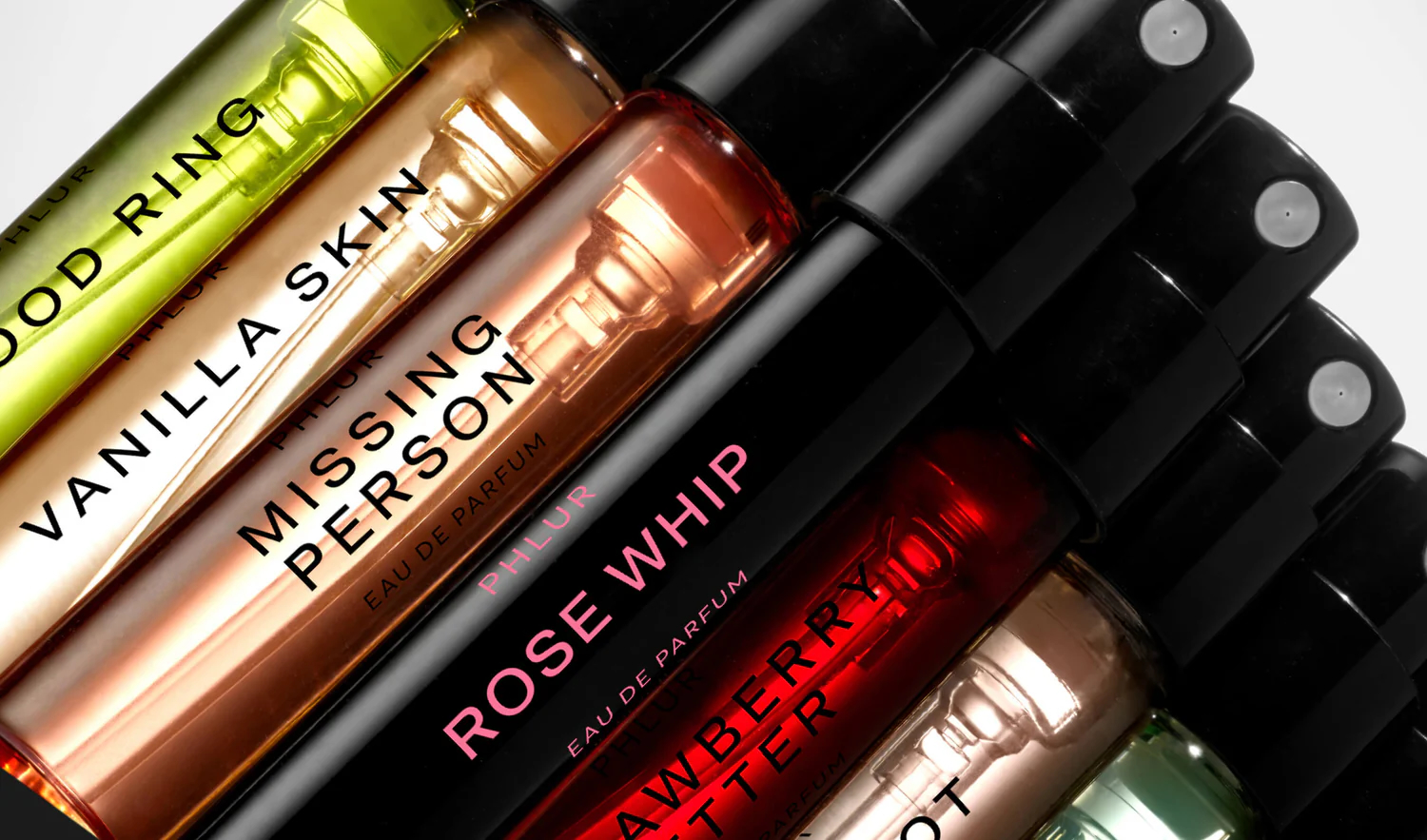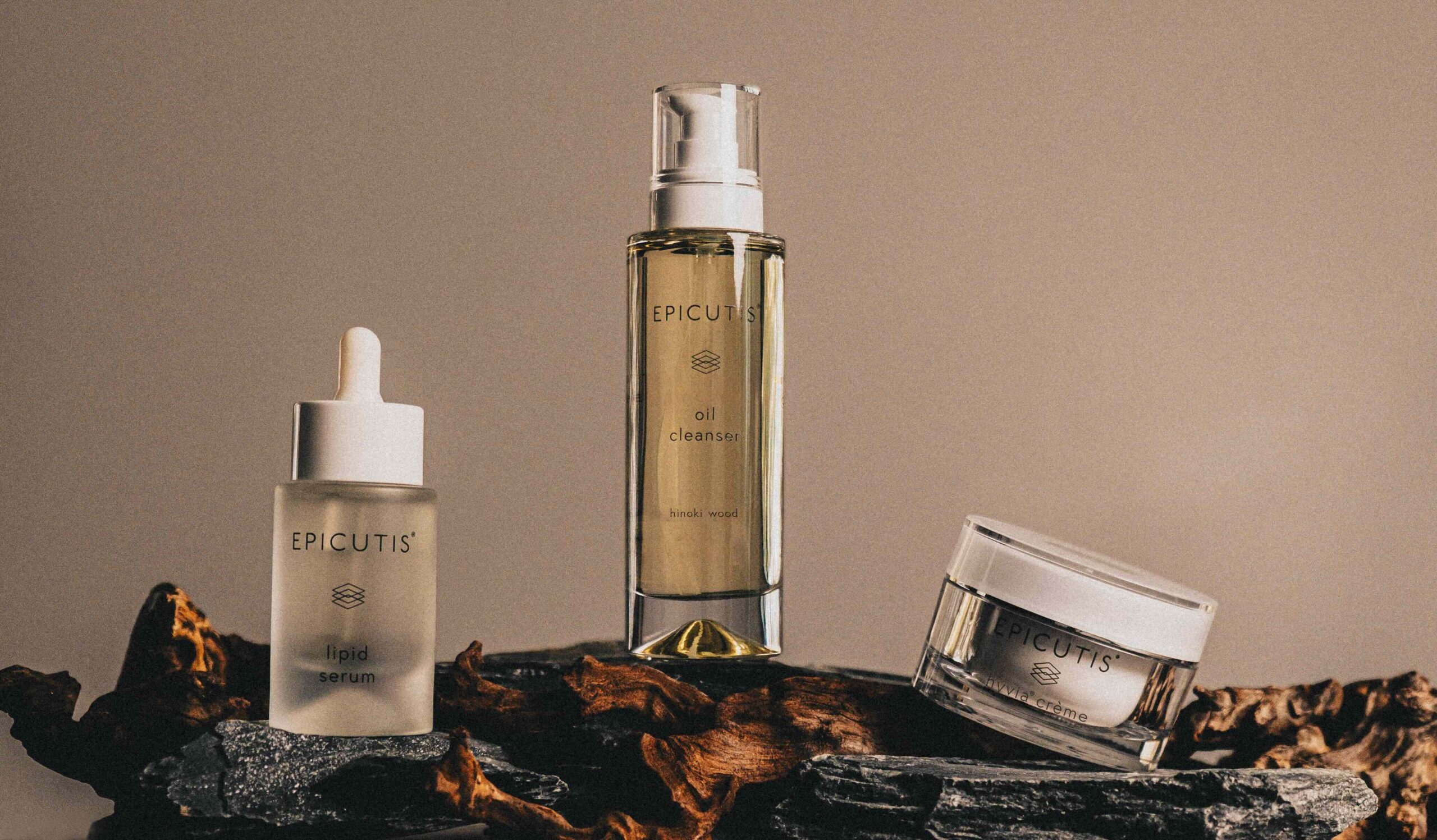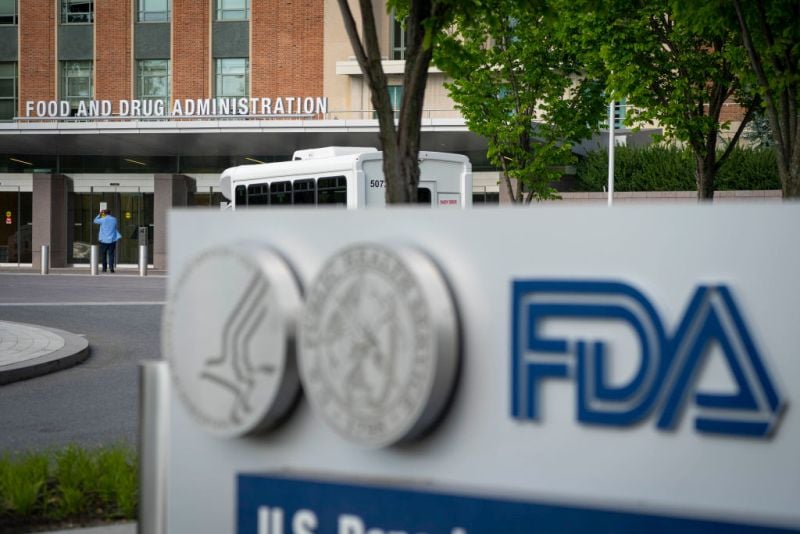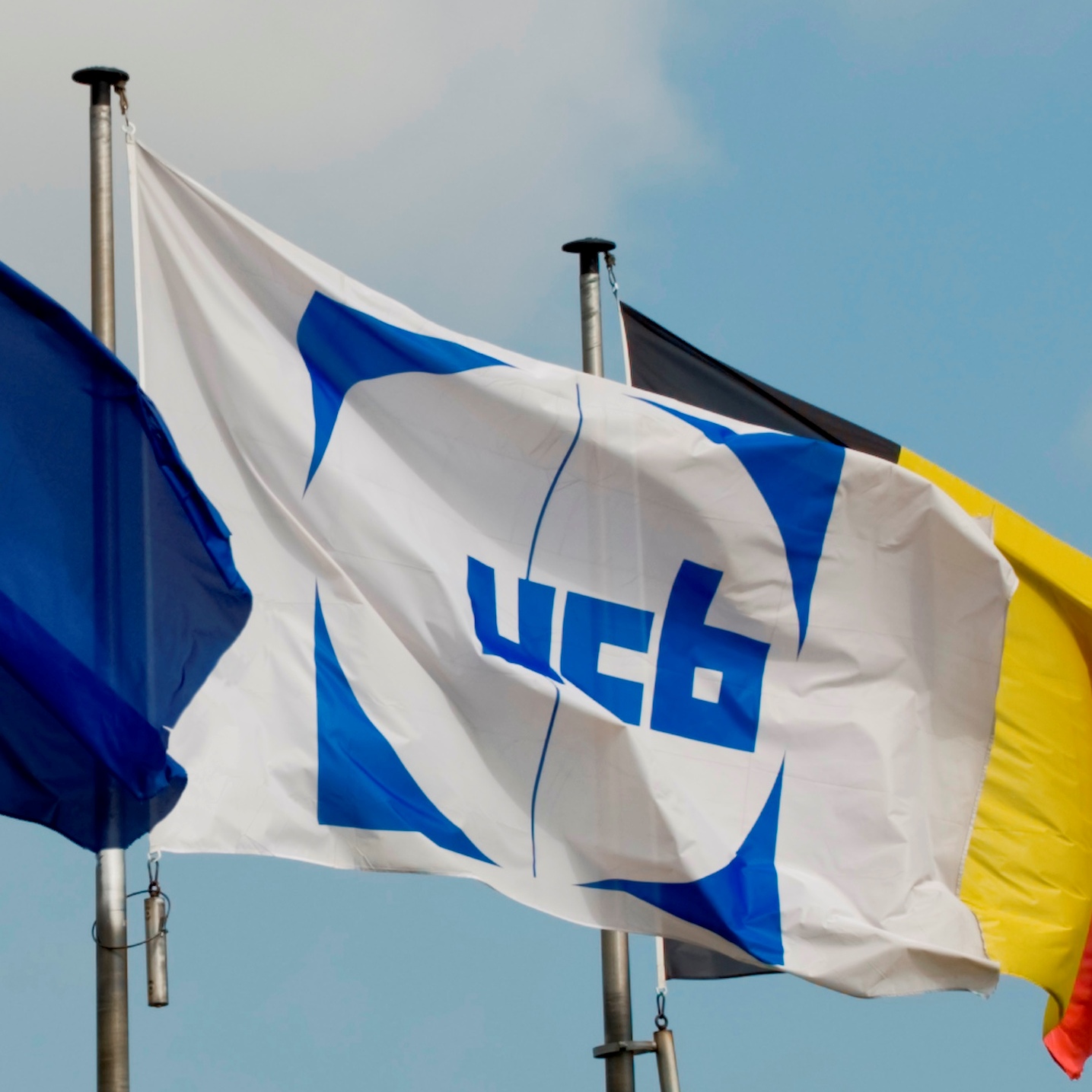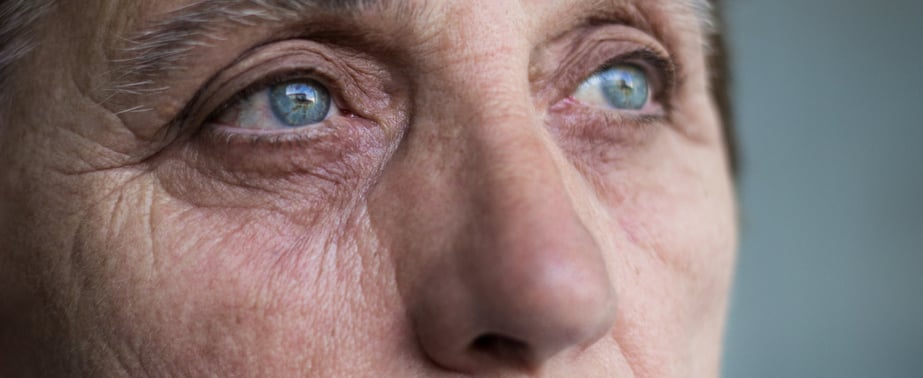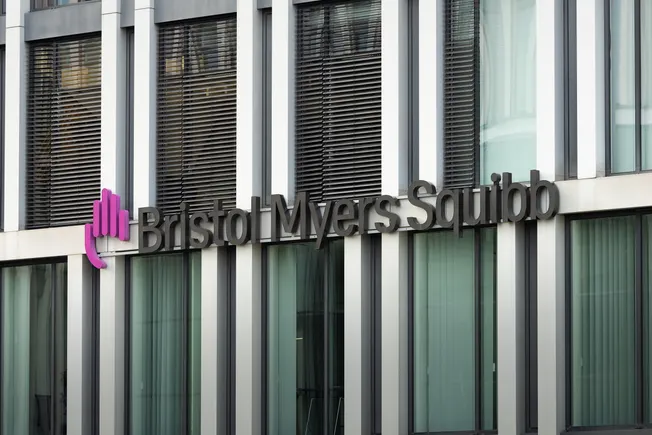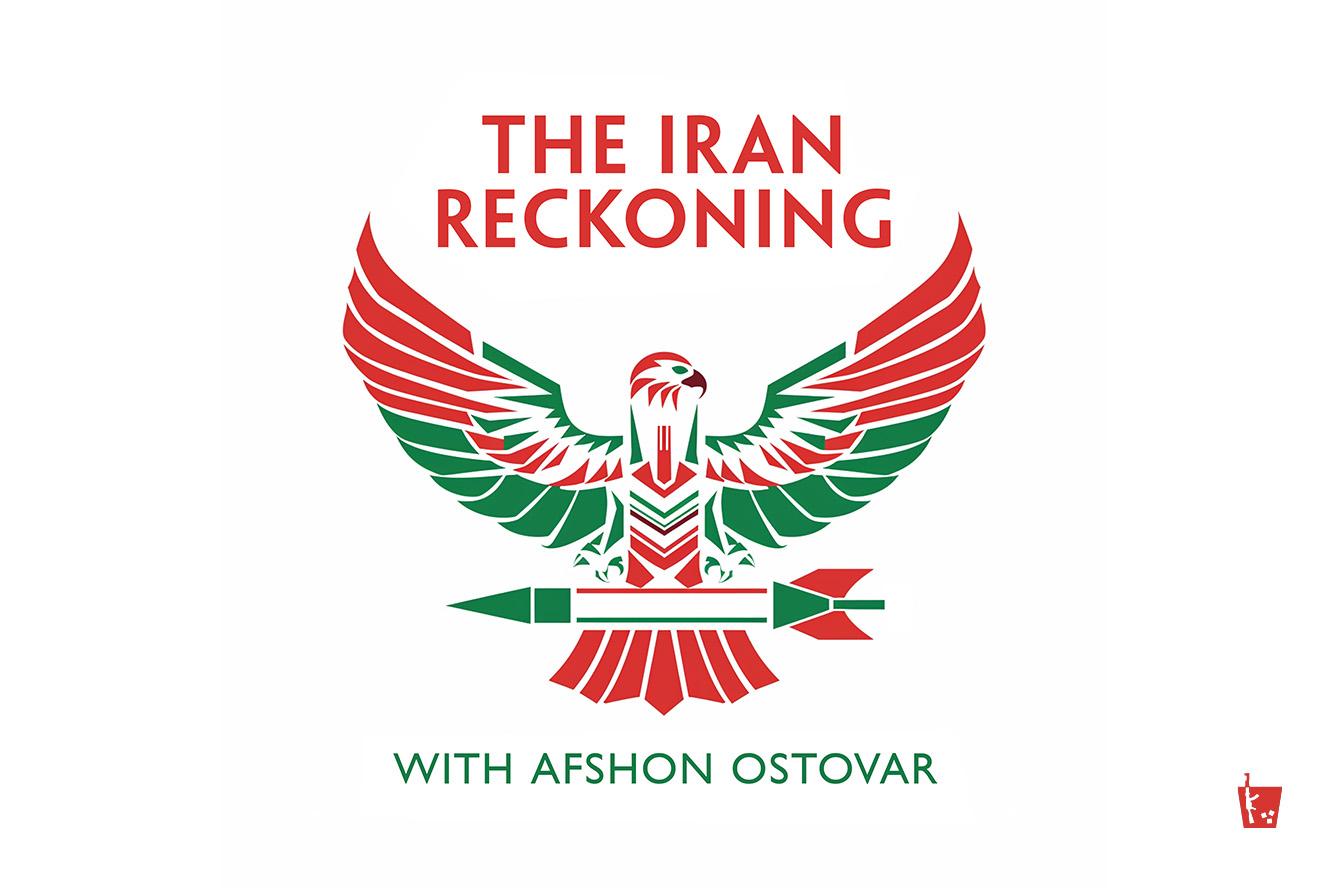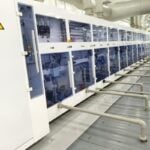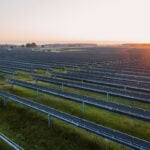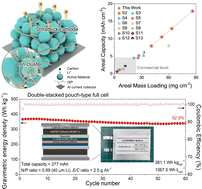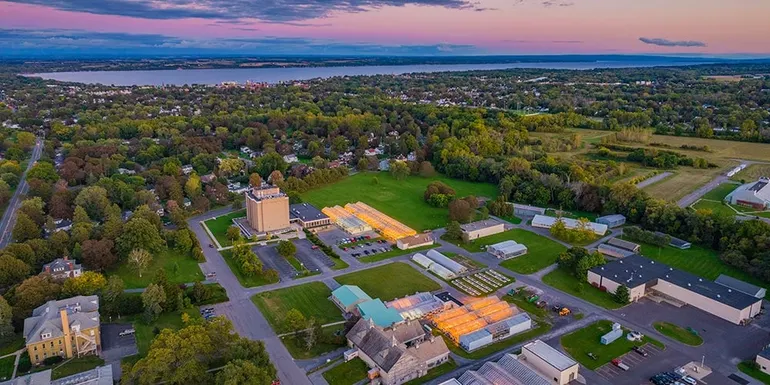Champagne houses Perrier-Jouët and Maison GH Mumm are betting big on regenerative viticulture, with the benefits revealing themselves not just in the vineyard, but also in the glass.
Wine producers in Champagne are having to adapt to climate change to
maintain their crops, and fast.
For Reims-based Maison GH Mumm and Épernay's Perrier-Jouët, adaptation comes in the form of regenerative viticulture.
Both houses, which make up Pernod Ricard's two-strong portfolio of Champagne brands, are turning to regenerative practices to combat climatic challenges and secure their future.
Regenerative farming, a term coined in the 1980s by the Rodale Institute in the US, is an agricultural approach that aims to restore and enhance soil health, biodiversity, and ecosystem resilience, moving away from conventional practices that often deplete natural resources (aka fungicides, pesticides and harmful sprays).
Séverine Frerson, Perrier-Jouët's first ever female winemaker, arrived at the maison in 2018. Since 2020, Frerson and her viticulture team have been experimenting with regenerative techniques, planting flower and biomass cover crops to enhance the diversity of the fauna and flora in the vineyard.
Five years in, Frerson is confident that their efforts are paying off in the vineyard.
"Today, we can clearly identify beneficial effects of this holistic approach on the life cycle of the vines," she said. "Cover crops preserve freshness in the vineyard, creating an umbrella in case of scorching sun, and the viti forestry plots installed since 2023 help the flora and fauna to protect soils with roots," she explained.
"The trees and hedges also create a climatic bubble, limiting global warming effects by protecting the vineyard and the fauna of thermic stress, wind and evaporation."

Maison GH Mumm is having similar success. Since 2020, Mumm has eliminated the use of herbicides on its estate. The maison has also opted for raking rather than plowing in the vineyards to help maintain the balance of microorganisms which contribute to soil vitality.
"Innovation for its own sake is not what drives Maison Mumm," said chef de caves Yann Munier, who had his first vintage at the Champagne house in September.
But his efforts have yielded encouraging results, and not just in the vineyard.
In March, both Perrier-Jouët and Mumm hosted a vins clairs tasting of their latest vintages. Even in their youth, the positive impact that regenerative practices are having on the wines themselves were prevalent in the glass.
As part of the tasting, Perrier-Jouët's Frerson presented three glasses, each of which held base wines made from grapes all grown on the same plot. The difference between them? The plot has been divided into three sections; with one third farmed in the traditional way, one third with flower cover (specifically Sainfoin) and one with biomass cover (pulses, rye and beans).
Frerson described the biomass cover as an "umbrella" for the soil, protecting the roots from high temperatures and better retaining nitrogen in the soil.
Each base wine was entirely distinct. The wines showed varying characteristics; that which was made with grapes grown with biomass cover showed "good reduction" and bigger structure, Frerson noted, while the flower cover vin clair exhibited more freshness and acidity.
"We are heading in the right direction," she said with confidence. "It’s clear that regenerative viticulture will be intrinsically linked to Perrier-Jouët’s style in the years to come."
Indeed, the wines made from regeneratively-farmed grapes show promise even in the final wines, "like a subtle spice that can enhance the final blend", Frerson said.
Wines vinified from regenerative plots show just as much promise for Mumm, too. "The unique flavour profiles of the clear wines from plots under regenerative viticulture help retain balance in GH Mumm’s signature Champagnes," said Munier.
Patience remains key for both winemakers when it comes to their regenerative development. "This process will take time, of course, to reveal itself," Frerson said. Indeed, Perrier-Jouët ages its Champagnes for a minimum of three years for its non-vintage range, and between six and eight years for the Belle Epoque Collection.
Evenso, both houses are continuing to bet on regenerative farming for the long run. As Munier puts it: This goal is a challenge for us and a way to continue pushing forward our innovative spirit: we want to make the quality of our vineyard management on top of our priorities, and we’re convinced that the experimentations we conduct around regenerative viticulture in the first years of the project will allow us to convert the remaining historical plots of the house increasingly fast."

 Maison GH Mumm is having similar success. Since 2020, Mumm has eliminated the use of herbicides on its estate. The maison has also opted for raking rather than plowing in the vineyards to help maintain the balance of microorganisms which contribute to soil vitality.
"Innovation for its own sake is not what drives Maison Mumm," said chef de caves Yann Munier, who had his first vintage at the Champagne house in September.
But his efforts have yielded encouraging results, and not just in the vineyard.
In March, both Perrier-Jouët and Mumm hosted a vins clairs tasting of their latest vintages. Even in their youth, the positive impact that regenerative practices are having on the wines themselves were prevalent in the glass.
As part of the tasting, Perrier-Jouët's Frerson presented three glasses, each of which held base wines made from grapes all grown on the same plot. The difference between them? The plot has been divided into three sections; with one third farmed in the traditional way, one third with flower cover (specifically Sainfoin) and one with biomass cover (pulses, rye and beans).
Frerson described the biomass cover as an "umbrella" for the soil, protecting the roots from high temperatures and better retaining nitrogen in the soil.
Each base wine was entirely distinct. The wines showed varying characteristics; that which was made with grapes grown with biomass cover showed "good reduction" and bigger structure, Frerson noted, while the flower cover vin clair exhibited more freshness and acidity.
"We are heading in the right direction," she said with confidence. "It’s clear that regenerative viticulture will be intrinsically linked to Perrier-Jouët’s style in the years to come."
Indeed, the wines made from regeneratively-farmed grapes show promise even in the final wines, "like a subtle spice that can enhance the final blend", Frerson said.
Wines vinified from regenerative plots show just as much promise for Mumm, too. "The unique flavour profiles of the clear wines from plots under regenerative viticulture help retain balance in GH Mumm’s signature Champagnes," said Munier.
Patience remains key for both winemakers when it comes to their regenerative development. "This process will take time, of course, to reveal itself," Frerson said. Indeed, Perrier-Jouët ages its Champagnes for a minimum of three years for its non-vintage range, and between six and eight years for the Belle Epoque Collection.
Evenso, both houses are continuing to bet on regenerative farming for the long run. As Munier puts it: This goal is a challenge for us and a way to continue pushing forward our innovative spirit: we want to make the quality of our vineyard management on top of our priorities, and we’re convinced that the experimentations we conduct around regenerative viticulture in the first years of the project will allow us to convert the remaining historical plots of the house increasingly fast."
Maison GH Mumm is having similar success. Since 2020, Mumm has eliminated the use of herbicides on its estate. The maison has also opted for raking rather than plowing in the vineyards to help maintain the balance of microorganisms which contribute to soil vitality.
"Innovation for its own sake is not what drives Maison Mumm," said chef de caves Yann Munier, who had his first vintage at the Champagne house in September.
But his efforts have yielded encouraging results, and not just in the vineyard.
In March, both Perrier-Jouët and Mumm hosted a vins clairs tasting of their latest vintages. Even in their youth, the positive impact that regenerative practices are having on the wines themselves were prevalent in the glass.
As part of the tasting, Perrier-Jouët's Frerson presented three glasses, each of which held base wines made from grapes all grown on the same plot. The difference between them? The plot has been divided into three sections; with one third farmed in the traditional way, one third with flower cover (specifically Sainfoin) and one with biomass cover (pulses, rye and beans).
Frerson described the biomass cover as an "umbrella" for the soil, protecting the roots from high temperatures and better retaining nitrogen in the soil.
Each base wine was entirely distinct. The wines showed varying characteristics; that which was made with grapes grown with biomass cover showed "good reduction" and bigger structure, Frerson noted, while the flower cover vin clair exhibited more freshness and acidity.
"We are heading in the right direction," she said with confidence. "It’s clear that regenerative viticulture will be intrinsically linked to Perrier-Jouët’s style in the years to come."
Indeed, the wines made from regeneratively-farmed grapes show promise even in the final wines, "like a subtle spice that can enhance the final blend", Frerson said.
Wines vinified from regenerative plots show just as much promise for Mumm, too. "The unique flavour profiles of the clear wines from plots under regenerative viticulture help retain balance in GH Mumm’s signature Champagnes," said Munier.
Patience remains key for both winemakers when it comes to their regenerative development. "This process will take time, of course, to reveal itself," Frerson said. Indeed, Perrier-Jouët ages its Champagnes for a minimum of three years for its non-vintage range, and between six and eight years for the Belle Epoque Collection.
Evenso, both houses are continuing to bet on regenerative farming for the long run. As Munier puts it: This goal is a challenge for us and a way to continue pushing forward our innovative spirit: we want to make the quality of our vineyard management on top of our priorities, and we’re convinced that the experimentations we conduct around regenerative viticulture in the first years of the project will allow us to convert the remaining historical plots of the house increasingly fast." 










